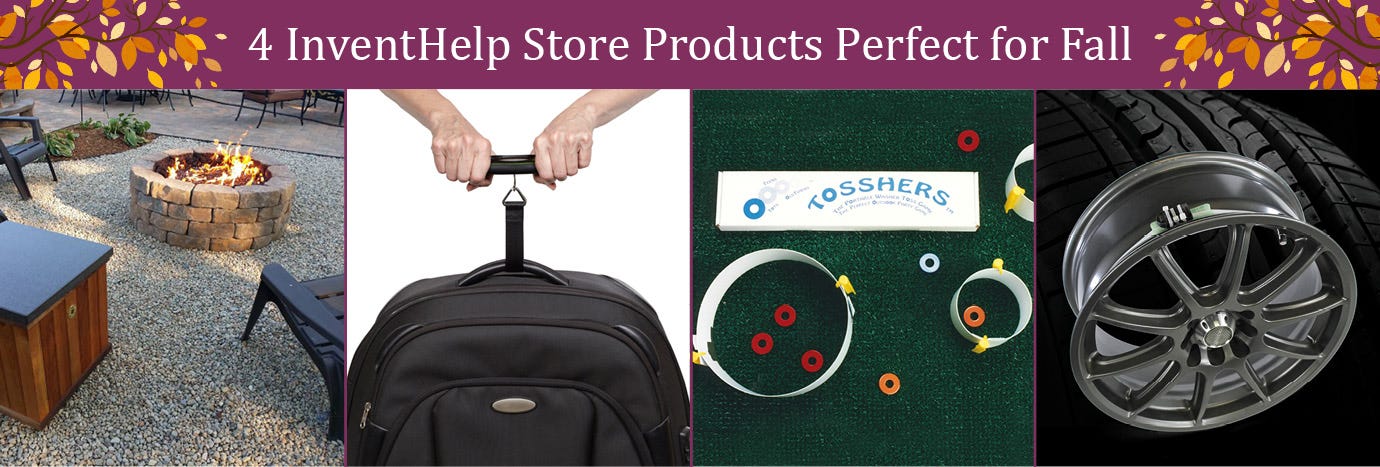Can patent Grood Action in the medical device market be forecast? Current studies recommend that certain attributes of patent applications themselves have a tendency to associate with a greater possibility that some licenses will certainly finish up in court. For financial year 2006 the United States Patent as well as Trademark Office (USPTO) reported a record of more than 440,000 patent applications filed, even more than double the number of applications filed 10 years ago.
Naturally, with the record variety of license applications being submitted, as well as the a great deal of licenses released each year, it would certainly be logical to anticipate that the variety of patent related Grood Action would also increase. Current stats tend to substantiate this logic as an increasing number of patent owners are turning to the courts to assist shield their important intellectual property possessions. For instance, from 1995 to 2005, the variety of license Grood Action submitted in the United States enhanced from approximately 1700 to more than 2700, a 58% rise in simply 10 years.
However, the chances of a Best Choice continue to be short on a possibility basis. While the number of patent suits filed has actually significantly increased over the past 10 years, it interests keep in mind that recent studies estimate that usually only roughly 1% of U.S. patents will be prosecuted. These research studies additionally keep in mind a variety of qualities that have a tendency to anticipate whether a patent is likely to be prosecuted. These attributes include: (1) the number of cases explaining the innovation; (2) the number as well as sorts of prior art citations; and also (3) the "density" of the technological area. Each particular is described below, consisting of just how the particular associates with the clinical tool sector.
Number of Claims
A patent has to include at the very least one claim that defines with particularity what the applicant considers his invention. The insurance claims of a license are often analogized to the property summary in an action to realty; both define the borders as well as level of the home. Considering that the cases established the borders of the innovation, the candidate has an incentive to specify the innovation through a number of broad claims. In some technological locations where there is a large quantity of previous art, the candidate may have to specify the innovation through a number of slim insurance claims to prevent the invalidating previous art.

So how does the variety of claims appearing in a license associate to the chance that the patent will sooner or later be litigated? Empirical studies have discovered that prosecuted licenses consist of a larger variety of claims as opposed to non-litigated licenses. In fact, one research determined that prosecuted patents had almost 20 insurance claims usually, compared to only 13 claims for non-litigated licenses. Scientists mention a couple of reasons that aid explain their findings: the perceived worth of the license as well as the crowdedness of the field of innovation secured by the patent.
Patent insurance claims are easily one of the most important part of the license. Consequently, it needs to come as no surprise that asserts are pricey to draft and also prosecute. Paying more cash for a bigger number of claims suggests that the patentee believes a license with even more insurance claims is most likely to be better. Some scientists wrap up that the reason prosecuted licenses have more claims than non-litigated patents is that the patentee knew the license would be beneficial, expected the prospect of Good Ideas, and as an outcome prepared even more cases to help the patent stand up in Grood Action.
The field of modern technology protected by the patent might also describe why patents with a lot of insurance claims are more probable to be prosecuted. In a crowded technological area there will likely be much more competitors that are developing comparable products. Consequently, it seems to make good sense that patents having a large number of cases in these crowded fields are more probable to contravene rivals.
In order to get a general suggestion of exactly how the number of claims connect to the clinical how to get a US patent on an idea device sector, 50 of the most recently provided licenses for endoscopes were evaluated. In addition to having a greater opportunity of being prosecuted, these results may indicate that the crowded medical gadget industry values their InventHelp inventor licenses and prepares for Good Ideas, with the end outcome being patents having a larger number of cases.
Prior Art Citations
In the IDS, the applicant provides all of the U.S. patents, foreign licenses, and non-patent literature that they are conscious of and also that is relevant to the innovation. A USPTO license inspector carries out a search of the prior art and also may mention previous art against the candidate that was not formerly divulged in an IDS.
Of program, with the document number of license applications being submitted, and also the huge number of patents issued each year, it would certainly be rational to expect that the number of patent relevant Good Ideas would certainly likewise boost. One research study determined that litigated licenses had almost 20 claims on standard, compared to just 13 claims for non-litigated patents. Some researchers end that the reason prosecuted licenses have even more cases than non-litigated patents is that the patentee knew the patent would certainly be beneficial, prepared for the prospect of Grood Action, and as a result drafted even more insurance claims to assist the patent stand up in Best Choice.
The field of innovation safeguarded by the patent might likewise discuss why licenses with a large number of cases are more most likely to be prosecuted. In addition to having a greater possibility of being litigated, these outcomes might indicate that the congested clinical device market values their patents and expects Grood Action, with the end outcome being licenses having a larger number of claims.